ML in PL Conference 2024 - our participation
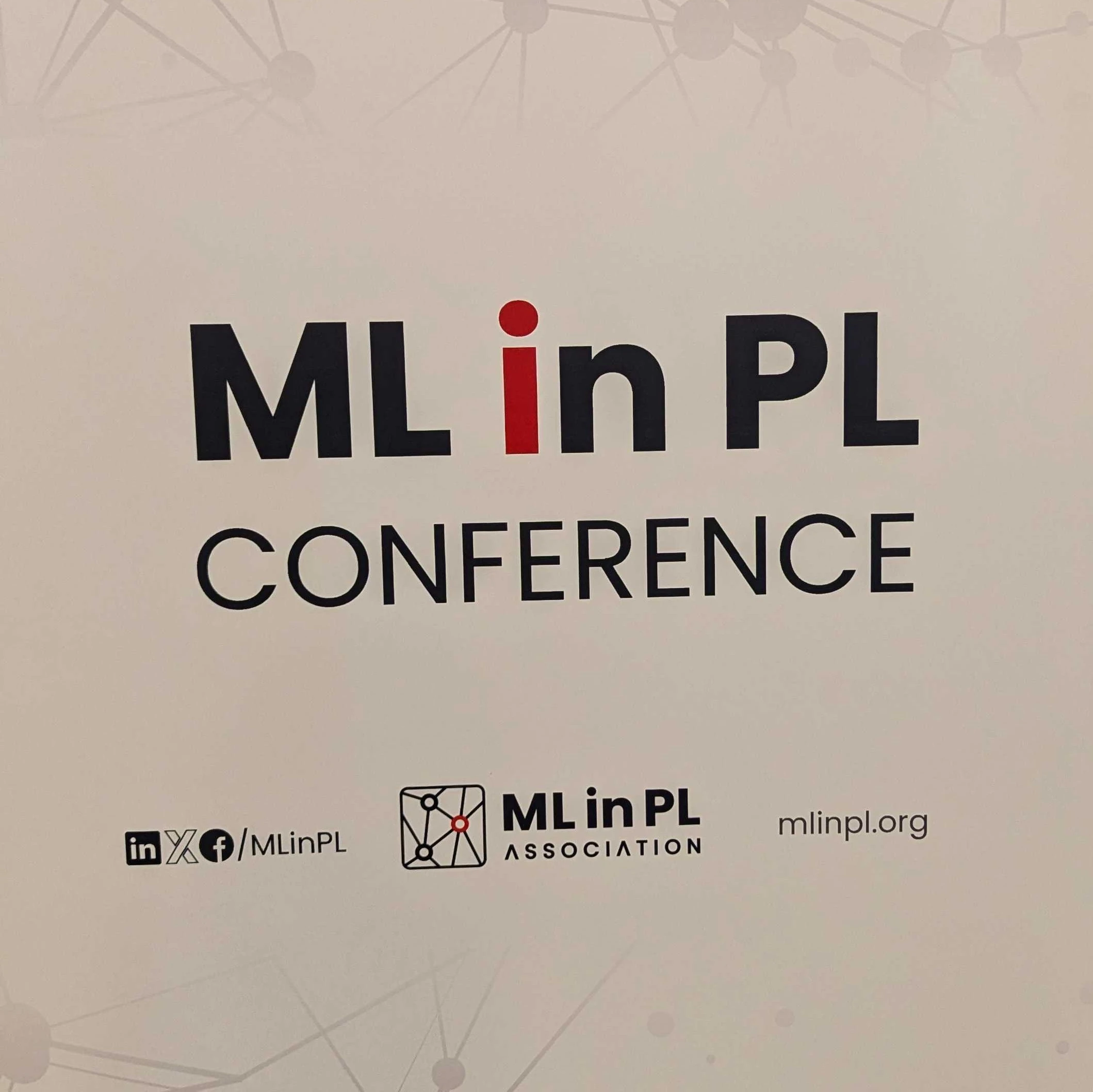
On November 7-9, the Copernicus Science Centre in Warsaw hosted the annual ML in PL Conference, organized by a non-profit ML in PL Association. Like every year, there were representatives of our laboratory who also contributed to the conference!
Bartosz, Mateusz, and Marek presented their recent research as posters. On Friday evening, Bartosz presented his work entitled “Making marine biologists’ life easier with computer vision - porpoise detection and tracking in coastal waters”, carried out during a research internship at the UAS Drone Center at the University of Southern Denmark (founded by NAWA). While on Saturday morning, Mateusz showed his work titled “Enhancing Solar Irradiance Forecasts with On-Device Continual Learning”, implemented under the project “Talents of Tomorrow” and founded by the Empiria and Knowledge Foundation.

Making marine biologists’ life easier with computer vision - porpoise detection and tracking in coastal waters
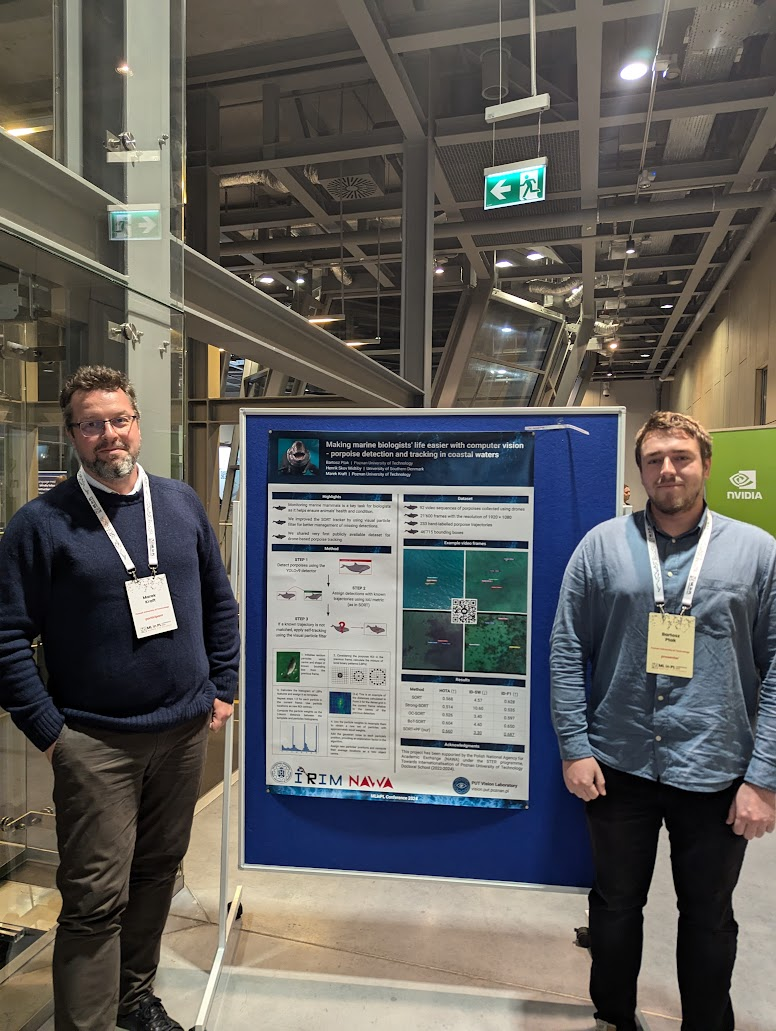
Recent advancements in deep learning and computer vision have expanded the possibilities for detecting and tracking marine animals, including through drone surveillance. However, existing tools remain inadequate for precise detection, particularly in complex seabed environments. This project addresses this gap by developing a robust solution for detecting porpoises in video sequences captured by aerial robots. The proposed method integrates classical and deep learning techniques to enhance detection accuracy and improve trajectory tracking. Furthermore, it enables detailed analyses, such as identifying keypoints like the tongue and tail, which facilitate animal measurement and movement monitoring. This tool is especially valuable for biological researchers studying porpoise behaviour in coastal waters, as it significantly reduces the need for manual labelling. The effectiveness of the solution is validated using real-world drone footage from shallow water environments.
Enhancing Solar Irradiance Forecasts with On-Device Continual Learning
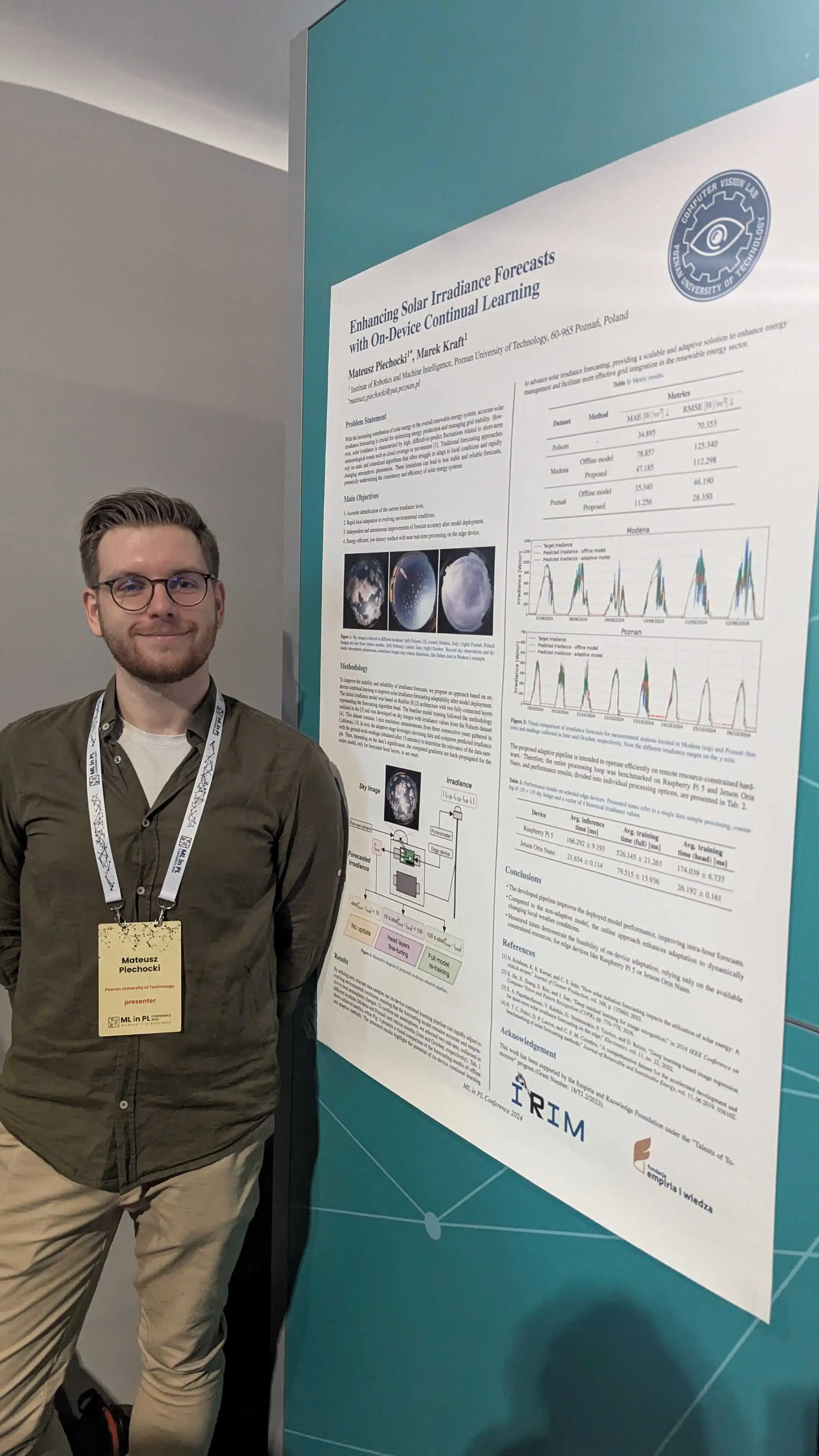
With the increasing contribution of solar energy to the overall renewable energy system, accurate solar irradiance forecasting is crucial for optimizing energy production and managing grid stability. Traditional forecasting approaches rely on static and centralized algorithms that often struggle to adapt to local conditions and rapidly changing atmospheric phenomena. These limitations can lead to less stable and reliable forecasts, potentially undermining the consistency and efficiency of solar energy systems. Hence, we propose a novel approach to maintain the highest level of solar irradiance forecasting based on on-device continual learning. The presented solution leverages incoming data and an incremental learning strategy to continuously refine its forecasting skills directly on-site in a decentralized way, without constant communication with a central server. By combining new, relevant data samples with historical training data, our on-device continual learning pipeline can rapidly adjust to evolving environmental conditions, ensuring that the forecasting model remains accurate and responsive to local atmospheric changes. The developed pipeline improves the forecast accuracy of the deployed model, protects against catastrophic forgetting, and maintains this process energy efficient, relying only on the available constrained resources of edge devices. In this study, we present a comprehensive evaluation of our method across various deployment scenarios, demonstrating significant improvements in the precision and reliability of solar irradiance forecasts. Our results highlight the potential of on-device continual learning to advance solar irradiance forecasting, providing a scalable and adaptive solution to enhance energy management and facilitate more effective grid integration in the renewable energy sector.



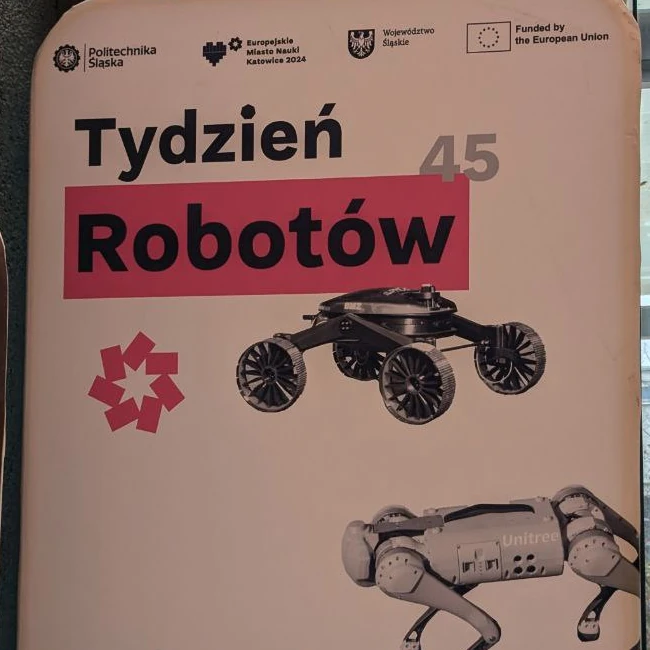

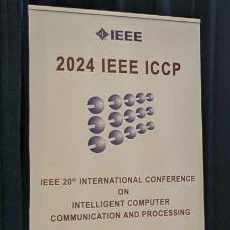
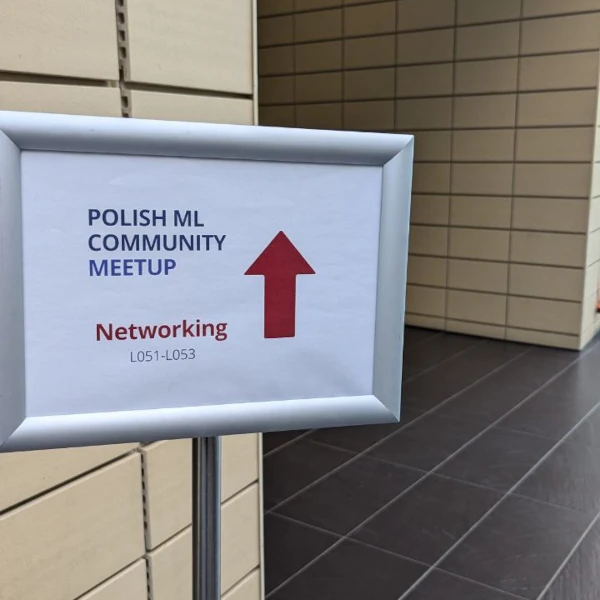
Comments